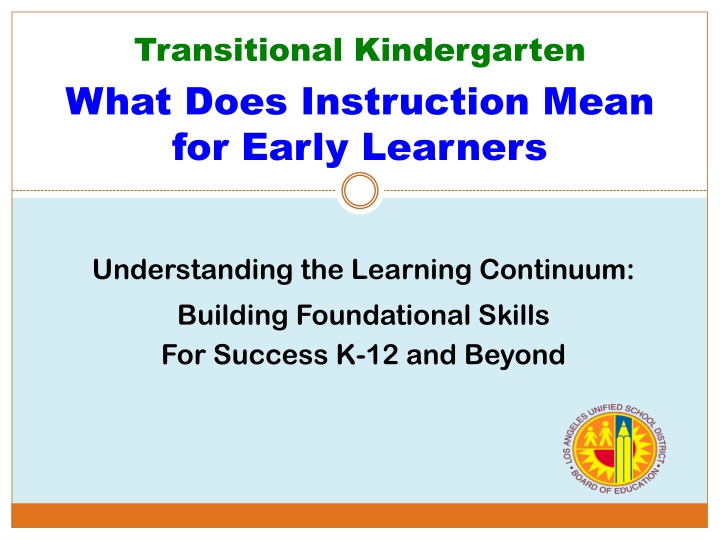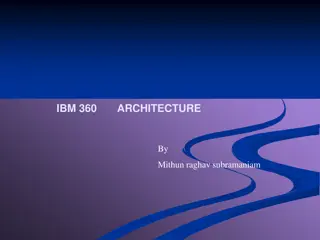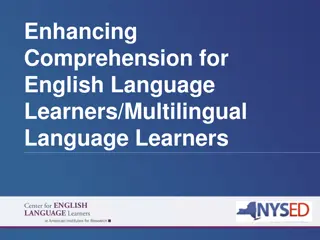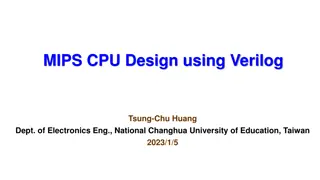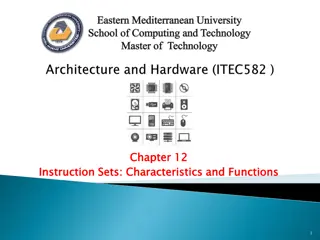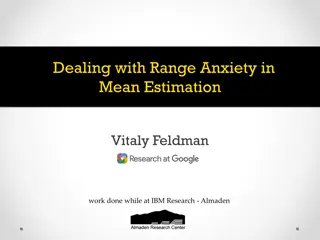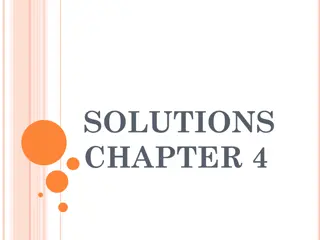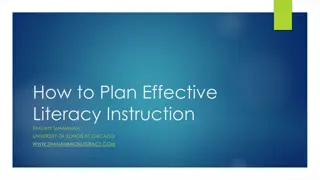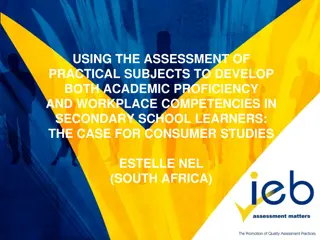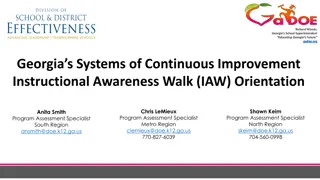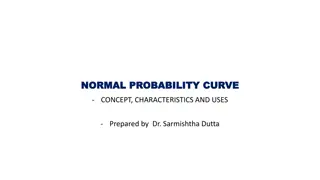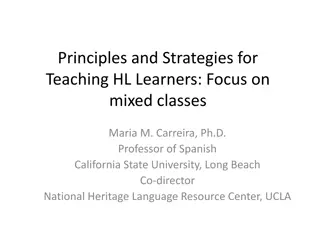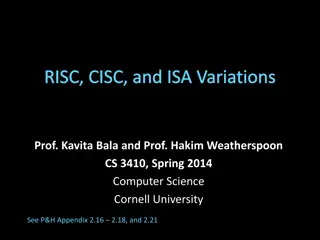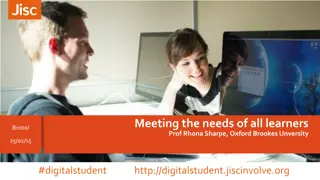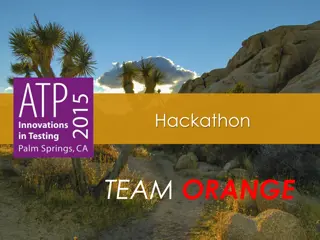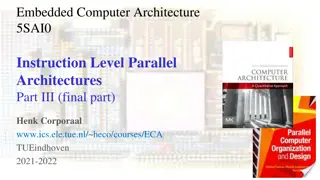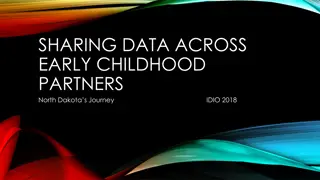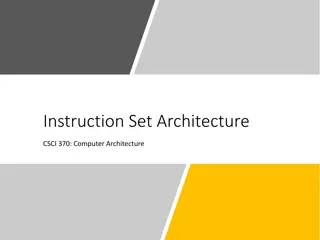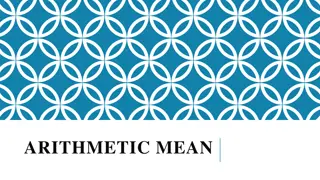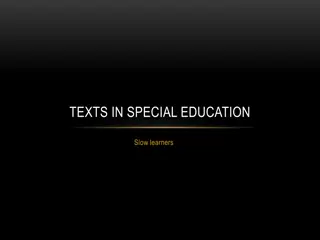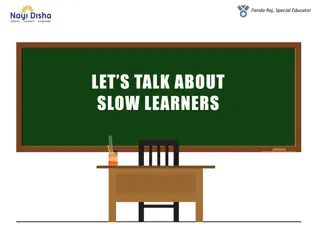What Does Instruction Mean for Early Learners
Explore the importance of transitional kindergarten instruction in developing foundational skills for success in K-12 education and beyond. Gain insights into the learning continuum for young learners and how it shapes their educational journey.
Download Presentation

Please find below an Image/Link to download the presentation.
The content on the website is provided AS IS for your information and personal use only. It may not be sold, licensed, or shared on other websites without obtaining consent from the author.If you encounter any issues during the download, it is possible that the publisher has removed the file from their server.
You are allowed to download the files provided on this website for personal or commercial use, subject to the condition that they are used lawfully. All files are the property of their respective owners.
The content on the website is provided AS IS for your information and personal use only. It may not be sold, licensed, or shared on other websites without obtaining consent from the author.
E N D
Presentation Transcript
Transitional Kindergarten What Does Instruction Mean for Early Learners Understanding the Learning Continuum: Building Foundational Skills For Success K-12 and Beyond
Objectives Teachers and administrators will: Understand the learning expectations for TK students Understand the progression of learning and how the domains are interrelated Use the Alignment Document to inform instruction and formative assessments
What is a TK modified curriculum based on? What is a TK modified curriculum based on?
The What: The What: Foundations & Standards Foundations & Standards 4 PLF describes the knowledge and skills that all young children typically exhibit when attending a high-quality program at or around 48 and 60 months of age. Kindergarten standards address grade level expectations regardless of age. ?ui=1realattid=0 ?ui=1realattid=0
The What: The What: The Preschool Learning Foundations The Preschool Learning Foundations Physical Development Health History/Social Science Science Social Emotional ?ui=1realattid=0 Language and Literacy ?ui=1realattid=0 Visual & Performing Arts http://www.cde.ca.gov/sp/cd/re/psfoundations.asp English Language Development http://www.cde.ca.gov/sp/cd/re/psframework.asp
TK, an Integrated Education All the domains of development and learning physical, social and emotional, and cognitive are important, and they are closely interrelated. NAEYC Developmentally Appropriate Practice in Early Childhood Programs Serving Children from Birth though Age 8 -National Association for the Education of Young Children
The What: The What: Dive in to the Foundations/Standards Dive in to the Foundations/Standards Domain Strand Substrand #.0 Foundation
The What: The What: Dive in to the Foundations/Standards Dive in to the Foundations/Standards K Narrative Writing/PLF Writing K Narrative Writing/PLF Writing Writing: What must an end of year kinder student be able to do? What skills are TK students developing? How do these skills lay the foundation for K writing? Identify the differences between 48 months, 60 months, and K standards.
The What: The What: Dive in to the Foundations/Standards Dive in to the Foundations/Standards K Narrative Writing/PLF Visual Art K Narrative Writing/PLF Visual Art Writing: Use a combination of drawing, dictating, and writing to narrate single event or several loosely linked events, tell about events in the order in which they occurred, and provide a reaction to what happened. (KW3) What skills are TK students developing? How do these skills lay the foundation for K writing? Identify the differences between 48 months, 60 months, and K standards.
The What: The What: Dive in to the Foundations/Standards Dive in to the Foundations/Standards K Narrative Writing/PLF Listening & Speaking K Narrative Writing/PLF Listening & Speaking Writing: Use a combination of drawing, dictating, and writing to narrate single event or several loosely linked events, tell about events in the order in which they occurred, and provide a reaction to what happened. (KW3) What skills are TK students developing? How do these skills lay the foundation for K writing? Identify the differences between 48 months, 60 months, and K standards.
A Developmental Learning Continuum What are the skills your children possess in this learning continuum? What does this mean for your instruction?
Thank You Knowing what you know now, what are your next steps? What further questions do you have? What further support do you need? Please contact Leti Puyol @ lourdes.puyol@lausd.net
